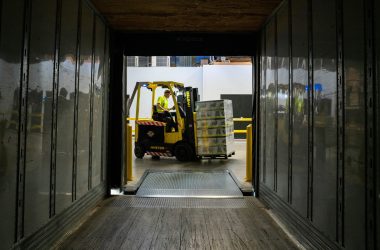Last Updated on: 22nd November 2023, 06:25 pm
The state of the natural world has become a pressing concern for businesses and governments across the world. Construction firms face a unique set of challenges, since the materials and methods used to put buildings together can often impose an environmental cost, which must be managed. The UN’s Intergovernmental Panel on Climate Change has recommended immediate action to avoid disastrous warning – and for the construction industry, that means radical change.
So how can we change our practices, and thereby protect the natural world? Let’s take a look at a few steps.
Material Selection
The materials we use should be extracted and shipped with minimal emissions. Ideally, they should also be infinitely replenishable. But they should offer these features without compromising on practical qualities.
One material that’s garnered attention in recent years is bamboo, which grows extremely quickly and can be easily sustained. In theory, buildings made from this material, and those like it, could represent the future of construction.
Energy-Efficient Design and Technology
Of course, there are other considerations to weigh against our sustainability concerns. We should consider not just the environmental cost of constructing the building in the first place, but the ongoing environmental costs associated with keeping the building warm.
In colder and more temperate climates, thermal performance will really begin to matter. The heat generated inside the building should stay there. That means installing double-glazing, cavity walls, and loft insulation. Your choice of everyday essentials like plasterboard can also matter.
Technology might also play a role in keeping a building running. Heat pumps and solar panels might all contribute to an efficient modern building, as might passive heating and smart building management.
Waste Management and Recycling
The construction industry should seek to minimise waste on site. Every length of timber should be optimised such that we’re getting the maximum possible use from it, and offcuts are minimised.
Having a system in place to get recycling organised can be enormously helpful, too. When site workers are busy with their jobs, they might find it difficult, or distracting, to have to contend with a complex and arcane recycling system. Make things simpler, and you’ll drive up your efficiency.
Timber, metal, cardboard and certain plastics tend to be highly recyclable. Having separate bins available, and encouraging workers to use them, can help to make your site that little bit greener.
Carbon Offsetting and Mitigation Strategies
As well as changing the way we do things on-site, we might also think about carbon offsetting. This is the practice of investing in positive schemes to take carbon out of the atmosphere, offsetting the carbon we’re directly releasing. We might plant trees, or invest in carbon capture technologies.






